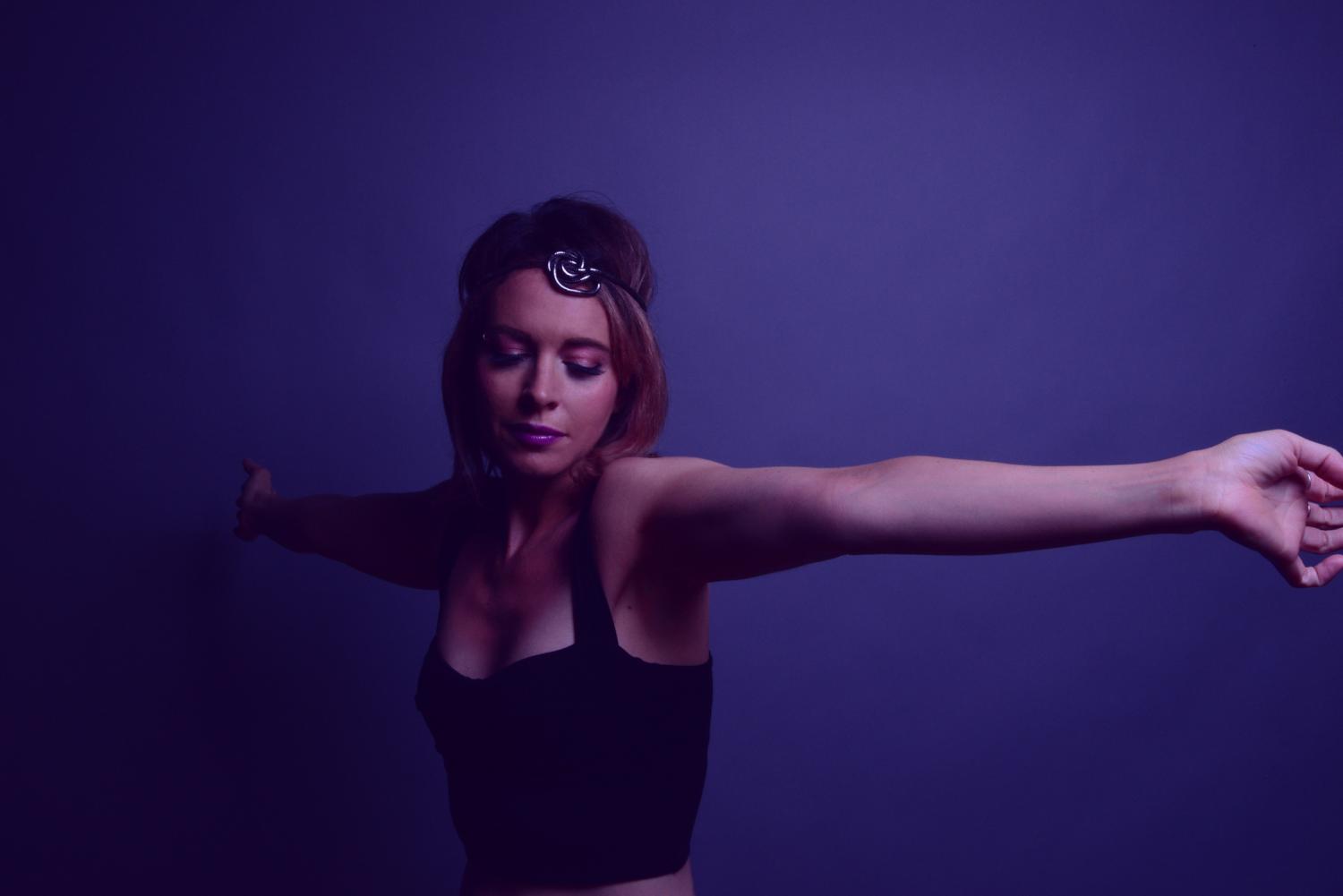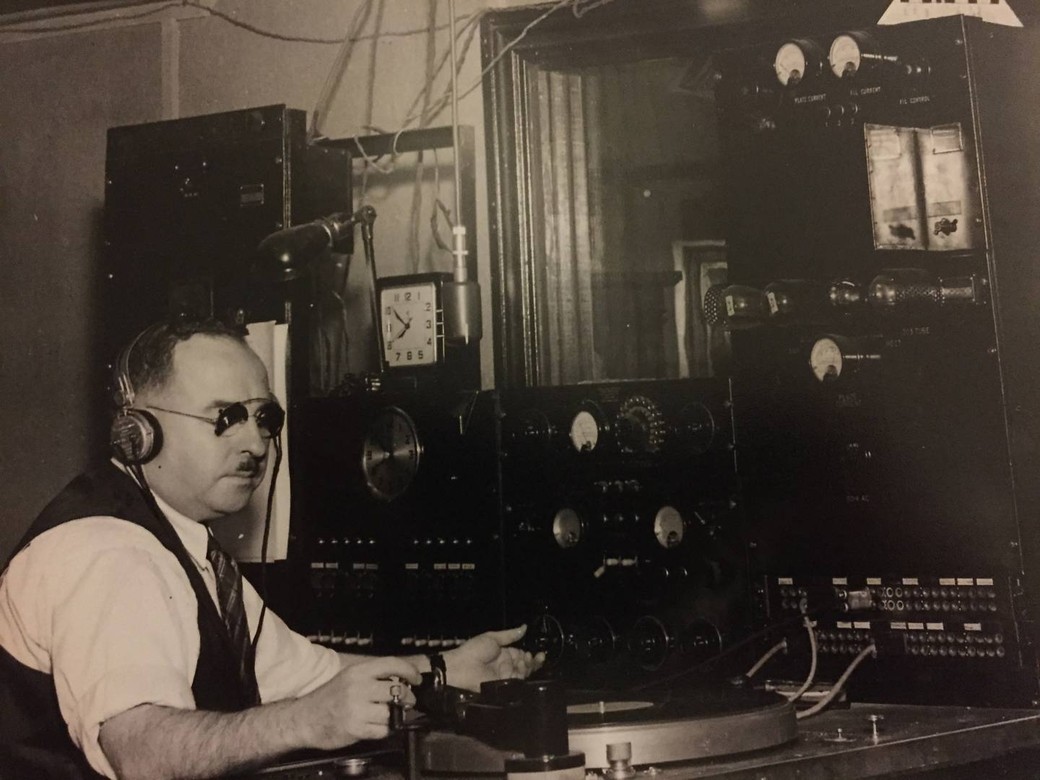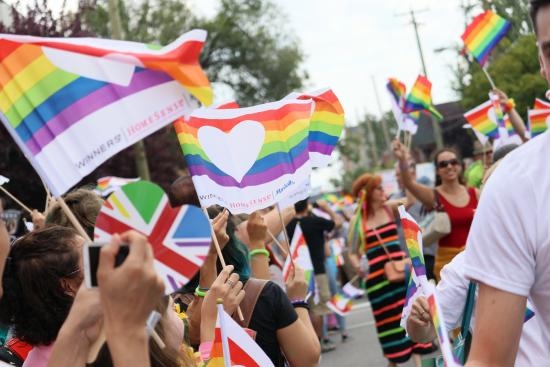
I Am Snow Angel On Creating Spaces For Female Musicians
Photo Credit: Shervin Lainez
Though the music world is still catching up in terms female representation, Julie Kathryn is trying to change that. Whether it's as a producer or through her solo project I Am Snow Angel, Kathryn is using technology to create a statement in music. Kathryn is also cofounder of Female Frequency, a collective focused on creating music made by women from start to finish. We chatted with Kathryn ahead of her trip to Ottawa to collaborate with Grace LaChance, and discussed her new album, how she's stayed a solo act, and why having more female producers isn't just about representation.

Ottawa Life: How did you start working with Ableton and how do you find being so close to a music software giant has shaped your music?
Julie Kathryn: I designed a bunch of the presets for Ableton that were released in their latest version of the software. Most of the sounds I made are in a pack called Synth Essentials. I didn't have any previous experience working with a software company, so it was a really steep learning curve for me. I was making with Ableton, and I was a big supporter who attended all their events. The woman who taught me how to use Ableton, Erin Barra, she's now a professor at Berklee College of Music, and she has worked for Ableton in a bunch of different capacities. She introduced me to the people there and through these connections I was offered the opportunity to make the sounds. I was so grateful but I had to learn very quickly. As to how it shapes my experience, I was already designing sounds that I would use for my music. This forced me to take it to another level, and make it user-friendly for other people, that also improved my understanding of midi-synths. I had to design instruments that were immediately inspiring to people, where you start playing them, and it immediately feels and sounds great.
I also thought it was cool that you've managed to remain a genuine solo act despite the size of your sound, is this mostly due to your mastery of the tech involved or a preference to keep the project yours?
It's really empowering to be able to execute this kind of sound on my own, and that's really part of why it's satisfying. It's exciting and scary because there's a lot that can potentially go wrong when you're dealing with so much technology. When I play a gig with a guitar and singing, it's much less complicated but it never holds my attention in the same way. Logistically speaking it is also easier to not have to coordinate a bunch of people, also I'm often very particular about what happens musically. Realistically another person is always going to bring their own musical choices and in this part of my career I really want to have control. That said, if a time comes when I'm playing bigger venues, it would make sense to bring in other people to support me and collaborate. I'm not against doing it in the future but for now it's felt like the right thing to do.
What inspired you to start Female Frequency and what's been your proudest moment watching it grow?
It started with Dani Mari (Primitive Heart) who's really the central founder of Female Frequency, she was looking for a female producer to work with. It was the winter of 2015 here in New York City, and she sent out a blanket request for a female producer. There were hundreds if not thousands of people on this email list and I was the only one who responded, or at least the only female producer who did. She came to my place and we started talking, and we thought "Wouldn't it be cool to create an album that's made by women from start to finish." That's really not that common for a fully produced album, to have women producing, playing all the instruments, engineering, mixing and mastering. We brought on my musician friend Claire London and made an EP using all female personnel. That was our initial goal, but after some workshop and events for women who want to learn to produce we realized there was such a need for it because so many women showed up. Here in New York we never had something this specific. So in addition to creating female-generated media, we also created a community of women. I've made a lot of friends through it and we all support each other. I was proud of the album, but knowing that female artists and producers have met up and are creating now because of it is something I'm really proud of.
You're in Ottawa to work with Grace LaChance, so how did you two start working together and what pulled you to their work?
We met probably around a year and a half ago, and she was looking for writing partners. She came over and we wrote a song together, then she came back and we produced the song. We did it all in my apartment studio, and it was such a great experience. She's such a pleasure to work with because she's a great writer, a talented singer and she's got a very useful energy. On her side, you spend hours and hours working in the studio, and sometimes it's not a safe or hospitable space for women. So I think also for her it was a natural fit in that way.
What's the story behind your new concept album Mothership, and how did you want to set it apart from your previous material?
The difference with this album was that I made most of it in a cabin in the woods, in upstate New York where I'm from. The album is a concept from start to finish way more than any of my previous work. The lens that I viewed it through is a mothership, alien abduction theme. There's a lot of those emotions of alienation, being a warrior in the wilderness, that I was working on multiple levels. Another difference was being isolated in the woods, I could go to a deeper place emotionally and stay there because I didn't have to come out of it to be in my daily life. It's a much deeper and cathartic experience than what I've done before.
What inspired you and Scout Lightback to create the sci-fi visuals for your mesmerizing album trailer?
It was interesting because it materialized very quickly. I didn't know Scout, but he reached out to me on social media saying "I'm in town, let's do a photo shoot. I had no idea who he was or what we were doing. I'm not sure how we decided on where to meet, but we met at the Oculus which is where the video was shot. That's also the structure that stands where the World Trade Center was, and it has that cool futuristic fishbone architecture. Scout and my manager Patrick really conceived the whole thing and it happened really organically. Scout was using an iPhone without a stand or anything, and he managed to do it without catching any other people or signs so it really had that feel of being in a mothership.








